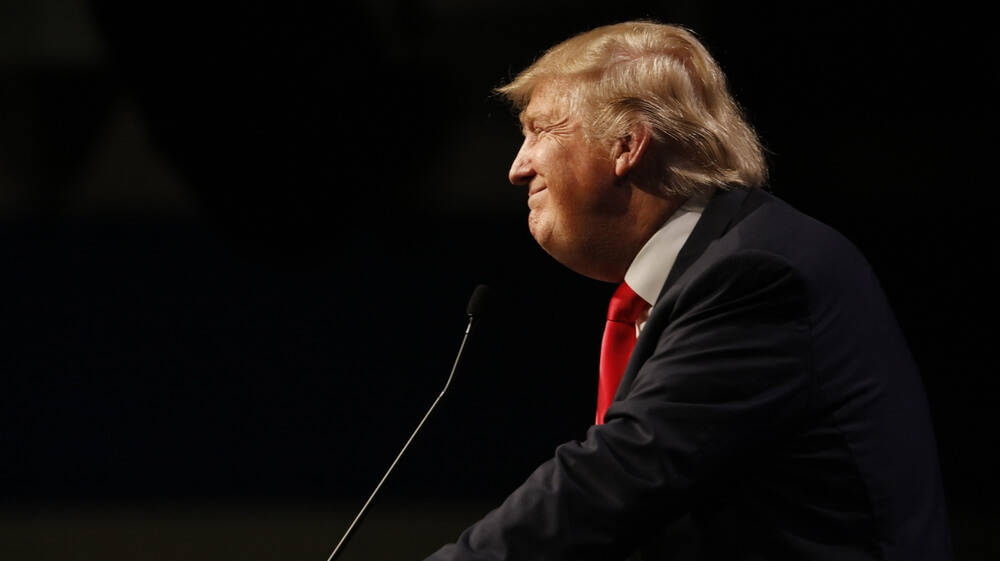Social Media Lessons From The Land Of Trump
What lessons in social media can we learn from Trump, Obama, Musk and Co?

It can be a challenge, given the stream of irrational and occasionally crazy behaviour being exhibited in the White House, but we need to put aside our views of Donald Trump’s politics and focus instead on the lessons that all of us can learn from his use of social media.
His approach can appear to be entirely spontaneous, occasionally crude and almost thoughtless, but it is actually highly calculating and undoubtedly effective. Trump suggested in the aftermath of his successful electoral campaign that social media was ‘more powerful than deep pockets and a conventional media strategy.’
During his campaign for the presidency and subsequent time in office, Trump has focused his tweets on plain language and the repetition of simple messages, underpinned by the use of a regular set of hashtags such as #DraintheSwamp #AmericaFirst #CrookedHilary and of course the almost ubiquitous #FakeNews.
He has recognised that the constraints imposed by the character-limit require headlines rather than convoluted arguments. The most effective marketing campaigns have always tended to focus on simple and single messages, repeated consistently and constantly, which is why his repetition of simple rallying cries such as #MakeAmericaGreatAgain have proved highly effective.
An analysis of the 2016 presidential campaign by We are Social, showed that Trump was ahead of Clinton in every key social metric – interactions, positive comments and shares.
Social media has become an extension of Trump’s character and leadership style. Platforms such as Twitter lend themselves to the soundbite politics at which he excels and helps build his reputation for fast thinking and straight-talking. The fact that many of the tweets are issued in the early hours of the morning propagate the persona of a dynamic leader who doesn’t require much sleep.
It helps that, unlike the CEO of a publicly-listed corporation, Trump does not have to adhere to regulations governing acceptable communication.
In recent weeks we have seen Elon Musk and Tesla fined a combined $40m for a rogue tweet in which he was found guilty by the SEC (Securities and Exchange Commission) of sharing inaccurate information about the company’s financial plans – imagine the legal complications if presidential tweets were held up to the same level of veracity.
Whereas Barak Obama in his time as president tried to reach out to a broader audience, Trump’s social media reach has been heavily reliant on a network of right-wing bloggers and commentators to create the sense of a movement and to circumvent what he perceives as an overwhelmingly liberal media establishment.
The social media ‘echo chamber’ effect – in which people seem to spend most of their time talking to ‘like-minded’ individuals - may inhibit reasoned debate, but it clearly helps mobilise narrow interest groups.
We saw a similar effect during the 2017 UK election in which the unexpected success of the Labour Party was credited in part to its highly effective use of social media and in particular the willingness of activists recruited by Momentum (the left-wing political organisation) to share official party content and create their own campaigning materials.
This organic activity proved to be far more successful at generating high levels of reach and engagement than either party’s use of social media advertising.
Where Trump is far less effective than Obama is in his use of images. He may have a mastery of the tabloid-style soundbite, but he lacks visual literacy, unlike Obama who hired Pete Souza (the White House’s very experienced staff photographer) to produce an endless stream of photographic content on behalf of the president for Flickr and Instagram.
During Obama’s term in office, every key moment was captured. A particular favourite was Obama’s photographic response to Clint Eastwood's bizarre "Invisible Obama" routine, during the 2012 Republican National Convention. Obama tweeted a picture (sent from the @BarackObama account) of him sitting in a chair marked "the President", with the caption, ‘This seat's taken.’
Like many images and films posted by the Obamas, it became an internet sensation. Trump may have mastery of the headlines, but Obama understands the power of the image in the social media age.
Trump’s approach appears to be inspiring other leaders, for example, Lloyd Blankfein, the chief executive of Goldman Sachs has become a high-profile tweeter, sharing his thoughts on Brexit, climate change and Trump.
Despite being no supporter of the president, Blankfein claims that he was inspired by Trump’s mastery of Twitter as a communications tool, especially its use in bypassing a hostile press – ‘I didn’t recognise the picture that was painted of me in the media then. Now people see I have a personality, that I joke.’
Article by Martin Thomas, author of The Financial Times Guide to Social Media Strategy: Boost your business, manage risk and develop your personal brand, out now on Amazon and in good book stores, published by FT Publishing International.
Thanks for signing up to Minutehack alerts.
Brilliant editorials heading your way soon.
Okay, Thanks!

